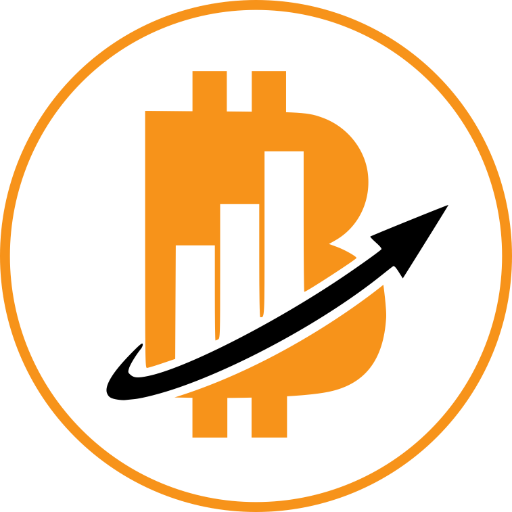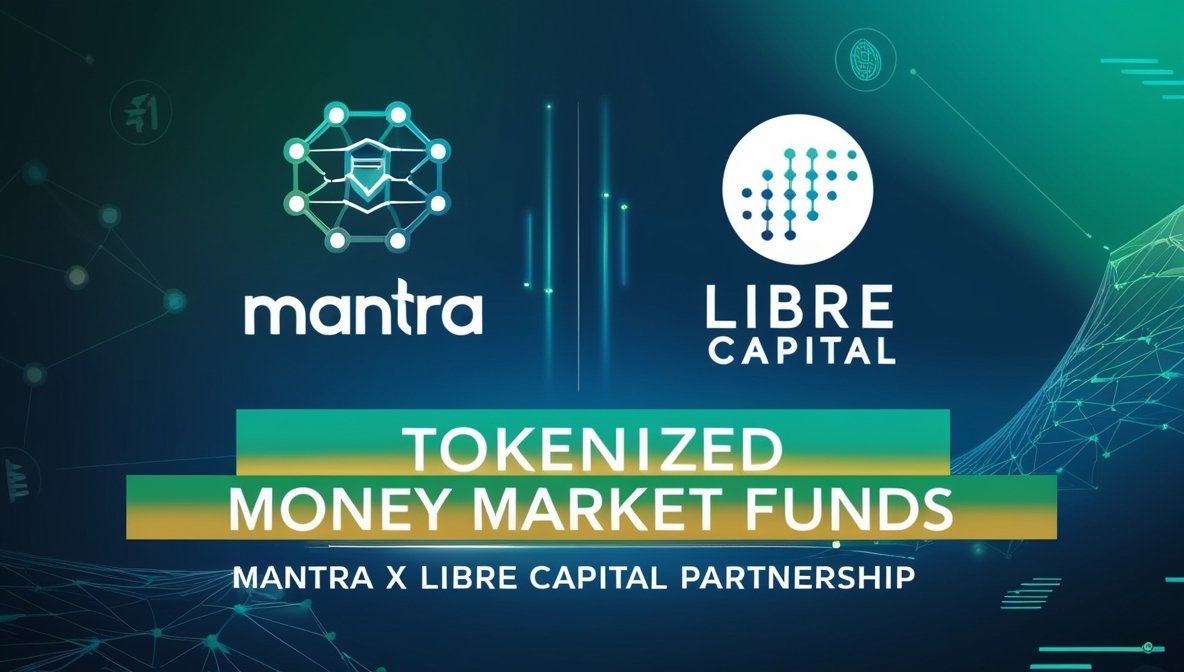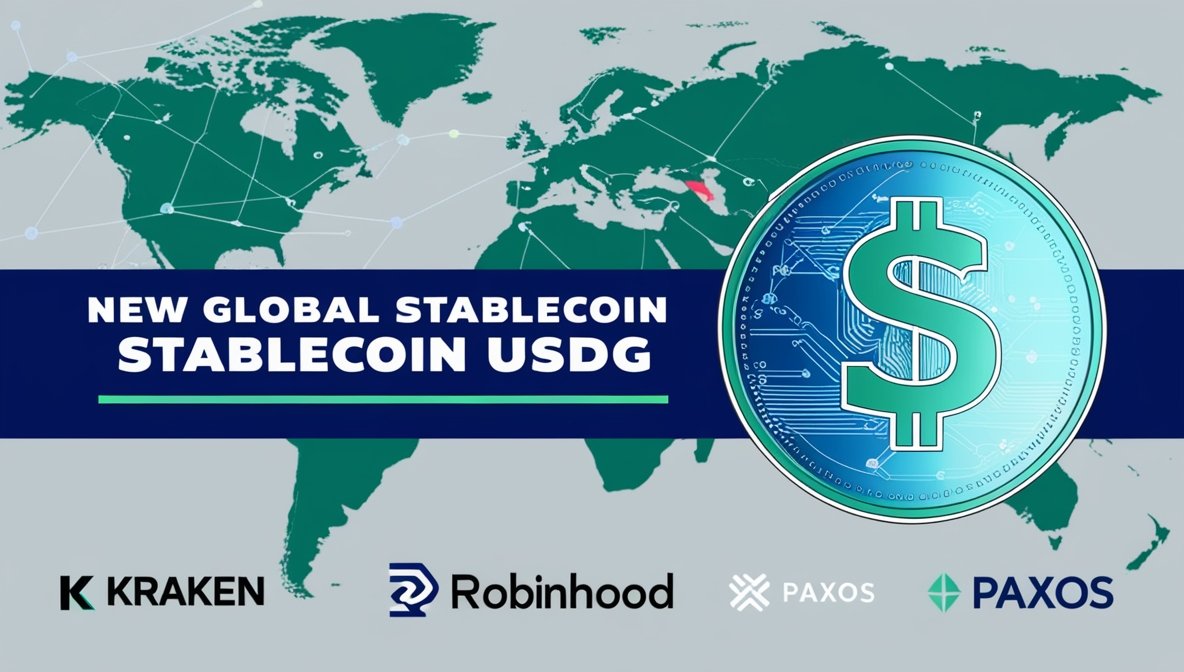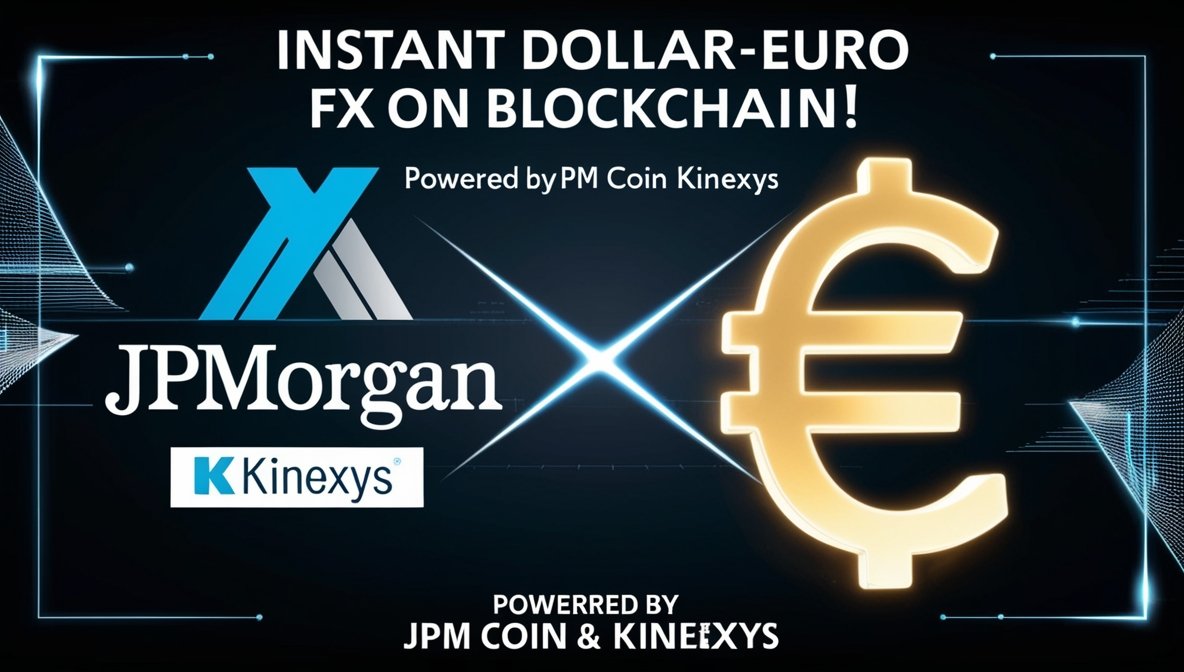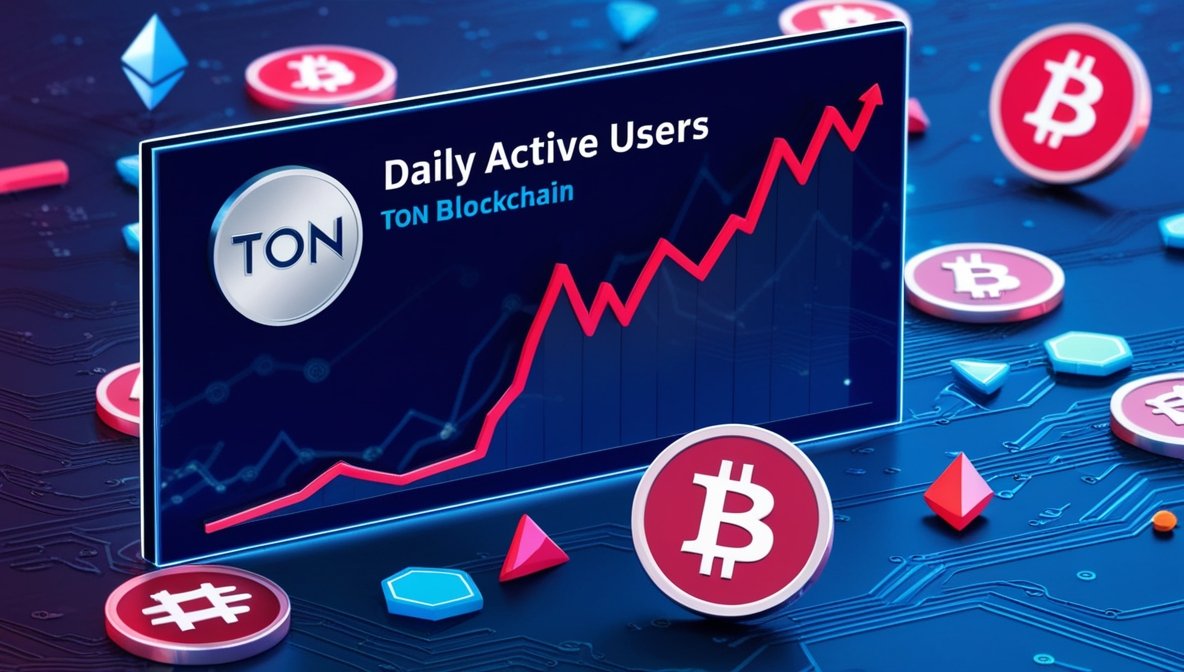Summary
Using MANTRA’s blockchain and Libre’s tokenization capabilities, MANTRA and Libre Capital have partnered to provide institutional and accredited customers with on-chain access to tokenized real-world asset (RWA) investments, such as money market and hedge funds.
Institutions’ Tokenized Investment Access
The partnership between UAE-based Libre Capital and Layer-1 blockchain MANTRA aims to offer tokenized investment options in hedge funds, money market funds, and private credit to MANTRA’s accredited and institutional customers. In order to increase on-chain investment access, our collaboration integrates Libre’s issuance capabilities with MANTRA’s RWA-focused blockchain.
YOU MIGHT ALSO LIKE THIS: Kraken, Galaxy Digital, and Robinhood Back New USDG Stablecoin via Global Dollar Network
The Libre Gateway DeFi Solution
The Libre Gateway DeFi dApps, developed by Libre, will serve as the integration tool to allow eligible institutional investors on MANTRA access to top-tier, tokenized money market funds. This compliant access will bring institutional-grade finance to the blockchain ecosystem.
Statements from Executives at MANTRA and Libre
John Patrick Mullin, co-founder and CEO of MANTRA, highlighted the collaboration, saying it will provide users with the tools they need to grow the RWA economy. Dr. Avtar Sehra, the CEO of Libre, expressed optimism about expanding Libre’s tokenized asset offering by utilizing MANTRA’s RWA infrastructure.
YOU MIGHT ALSO LIKE THIS: Bitcoin Surges as Election Day Voting Boosts Market Hype
RWA Expansion with MANTRA’s Accelerator Initiative
Since MANTRA Chain’s mainnet became live in October, the network has partnered with Google Cloud as an infrastructure partner and validator. The accelerator program, which is scheduled to begin in early 2024, is intended to support MANTRA’s RWA market.
